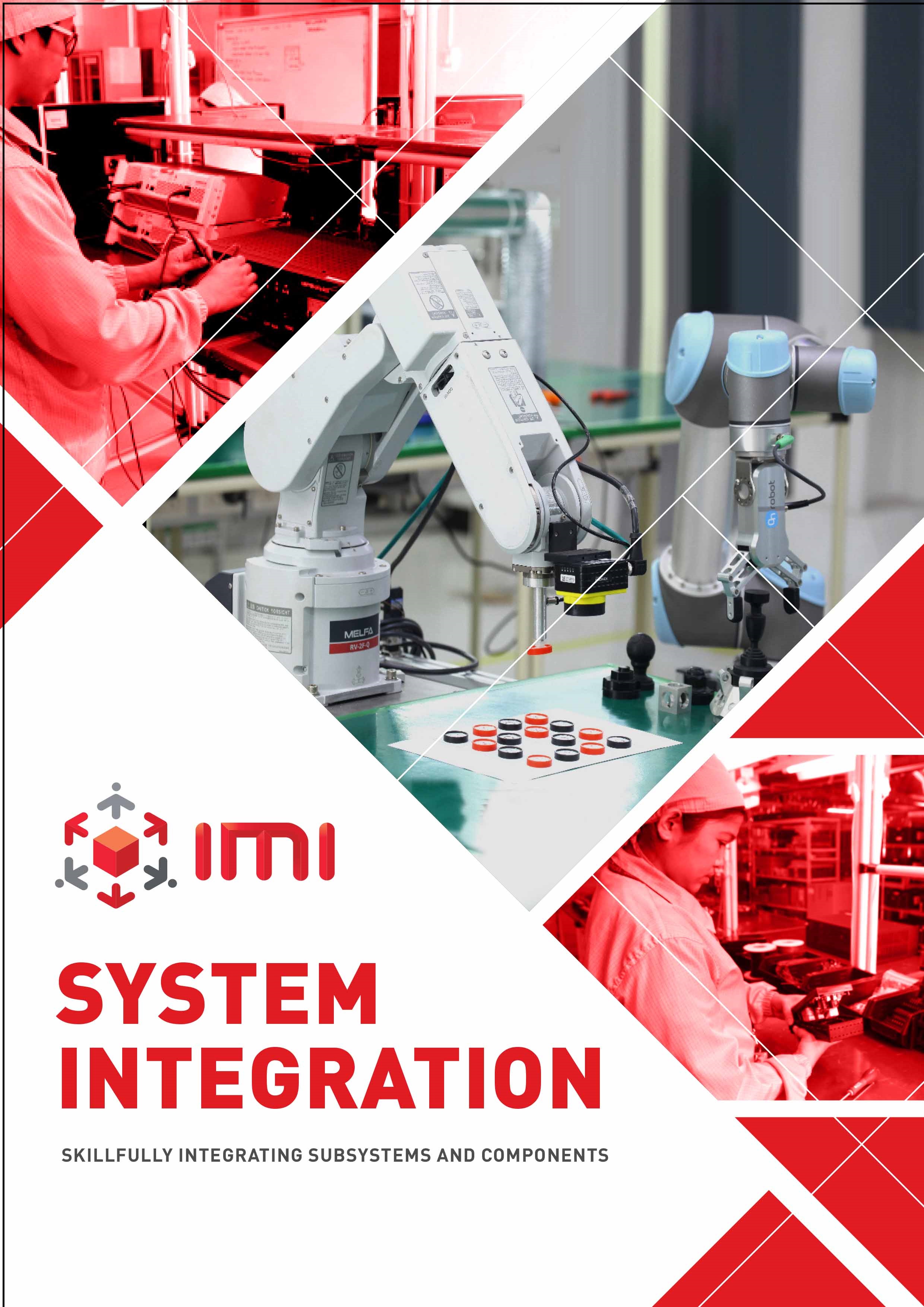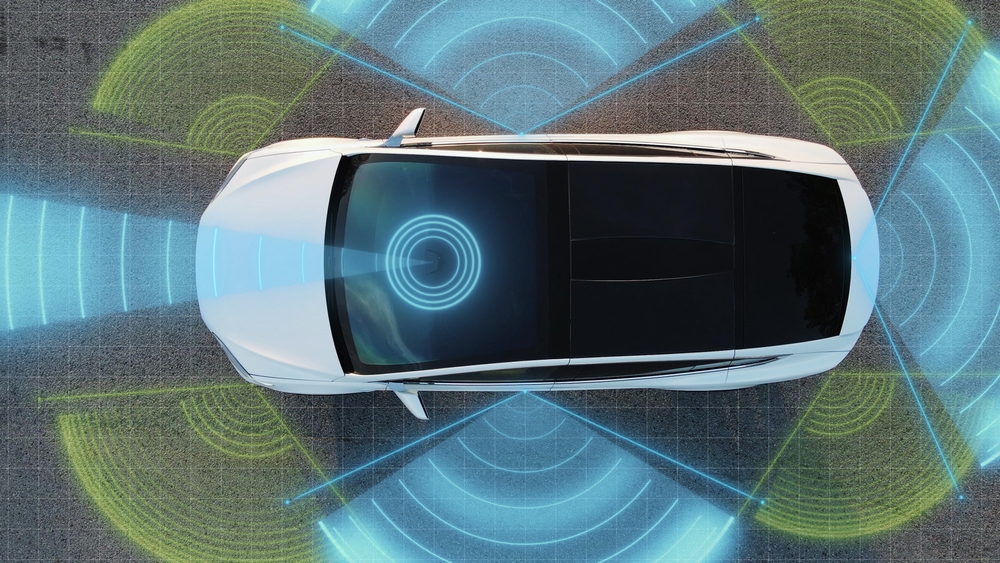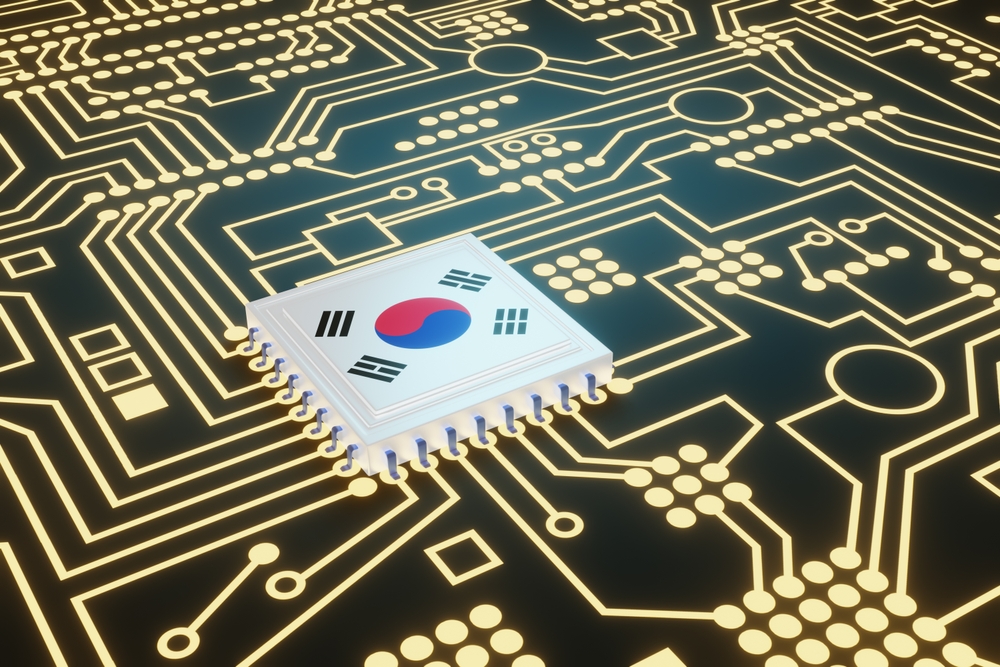On the Trail of Disease: Contact-Tracing Apps

Could digital technology be the solution to the labor-intensive process of contact tracing?
Contact tracing—in this time of coronavirus, it’s a term that has become as ubiquitous as social distancing and WFH. But contact tracing has been used in public health since the 1800s. From smallpox and cholera to Ebola and HIV, public health workers have been doing contact tracing to slow or stop the spread of infectious diseases.
The World Health Organization (WHO) breaks down contact tracing into three basic steps:
- Contact identification: Once someone is confirmed as infected with a virus, contacts are identified by asking about the patient’s activities, as well as the activities of those who have been around the patient since the onset of illness
- Contact listing: All persons considered to have contact with the patient are listed as contacts. They are then informed of their contact status, the actions that will follow, and the importance of receiving early care if they develop symptoms. In some cases, quarantine or isolation is required for high-risk contacts.
- Contact follow-up: Regular follow-up should be conducted with all contacts to monitor symptoms and test for signs of infection.
Traditionally, it is a labor-intensive process. Going from house to house, colleague to colleague, place to place, human contact tracers are like a cross between a detective and a social worker, hunting for tracks and clues and monitoring the health of their charges. But in this digital age, could smart contact tracing be the hi-tech solution to fast-tracking the contact tracing process?
As early as March, governments and tech giants rushed to develop apps that would automate the process of retracing the movements of an infected individual to identify and notify contacts at the earliest possible stage. Singapore launched its app, TraceTogether, in March. In April, the Australian government launched COVIDSafe, a smartphone app to find and alert the contacts of people infected with COVID-19. Last May, Switzerland was the first country to launch an app that utilized the exposure notification system designed by Google and Apple. Germany launched its Corona-Warn App last June, while Ireland rolled out its Covid-19 Tracker app last July.
Using technology for tracing
With a fast-spreading disease such as COVID-19, speed is of the essence. To enhance contact tracing, many countries have authorized contact tracers to access sensitive data such as CCTV footage, credit card transactions, and mobile phone location data. But in countries where this would be deemed an invasion of privacy, Bluetooth technology is used.
Tracing apps identify recent contacts through the exchange of low-energy Bluetooth radio signals. When two users come into close contact, their phones exchange key code IDs. If a user tests positive, the app triggers notifications to phones they have been near.
Accurately measuring proximity between two devices could be a challenge. How close is close, and for how long? This is something app developers have to consider, and their parameters should be backed by scientific data on the transmission of COVID-19. Another concern is signal strength: Walls and metal surfaces can affect sensors, and signal strength can become weaker when the device is in someone’s pocket, as opposed to when it is placed on the table or held in one’s hand.
Privacy and cybersecurity
The rise of these COVID-19 apps has sparked concerns regarding cybersecurity and privacy, especially between centralized and decentralized apps. With centralized apps, anonymized data is uploaded to a remote server. Health and government authorities can then use this data to piece together a network of contacts and perform the matching. Given this wide, complete perspective, proponents of the centralized model believe it will help reveal clusters, superspreaders, and other important epidemiological insights.
With decentralized apps, data about a phone’s recent interactions stay on that phone, giving users more control over their information. All phones that have the app regularly download a list of infected users. Once an infected user uploads his or her anonymized ID to the database, users who came into contact with the patient will be notified. Privacy advocates feel this approach makes users less vulnerable to hacking and other cyber threats.
Technology to enhance, not replace
How many people have to download the app for it to be effective? Adoption rates and efficacy are another source of debate among experts. A recent study conducted by Oxford University and Google shows that “an app used by 15% of the population together with a well-staffed contact-tracing workforce can lead to a 15% drop in infection rates and an 11% drop in COVID-19 deaths.”
While this research has not been peer-reviewed, it echoes one belief shared by most experts: technology should support, not supplant, human tracing. Given the stealthy, rapid spread of COVID-19 around the world, the idea of technology as being the ultimate weapon against this global health crisis is tempting. But contact-tracing apps should only complement a government’s clear, comprehensive COVID-19 action plan. They cannot replace testing, human contact tracing, isolation, and social distancing.
And as with any technology developed—especially one that is designed for healthcare—these apps should protect the life, and way of living, of those who will use it.
As one of the Top 20 EMS companies in the world, IMI has over 40 years of experience in providing electronics manufacturing and technology solutions.
At IMI, we believe that humanity drives technology, and we direct our passion at solutions that enhance our way of living. With more than 400,000 square meters of factory space in 22 factories across 10 countries, we are positioned to build your business on a global scale.
Our proven technical expertise, worldwide reach, and vast experience in high-growth and emerging markets make us the ideal global manufacturing solutions partner.
Let's work together to build our future today.
Other Blog



